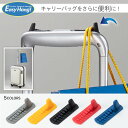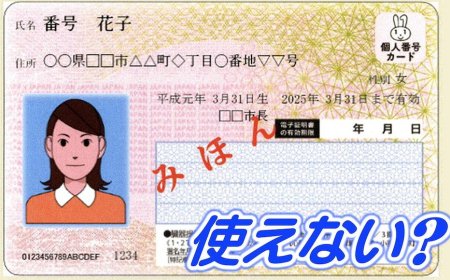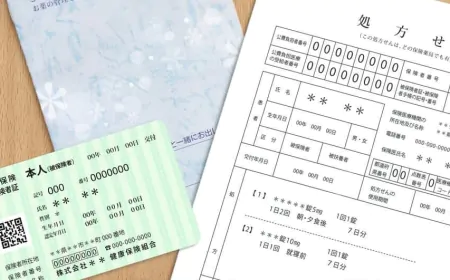Japanese Sensu Fan
Looking at the bat fan to soothe the harsh summer sun, it is hard for anyone to imagine that about 1200 years ago, a folding fan with a simple structure consisting of only wooden and bamboo spokes was used by men. Japanese world used to copy poetry or take notes.

Gradually, the surface of the wooden spokes was painted with paintings for noble women to use as a decoration.
Not only that, fans were also used by high-ranking Heian nobles as gifts for people of lower status and close to them. This gifting culture persisted until the Edo period, manifested in the custom of giving white fans to close people at the beginning of the new year. In some festive occasions, a white fan wrapped in thin Washi paper called Sugihara-gami also becomes a meaningful gift.
Today, when it comes to traditional folding fans, Kyo Sensu and Edo Sensu are the two mainstream fan lines.
Kyo Sensu: Elegant and feminine
– Born in Kyoto, opening the history of Japanese folding fans. Kyo Sensu is not mass-produced, but only by the Sensu - Uchiwa Handicraft Cooperative.
The outstanding feature is that there are many spokes, narrow folds. Create a flowery, sophisticated and detailed impression to each pattern line.
– There are up to 80 jobs to produce a fan, each of which has to go through the hands of all artisans. It is the elaborate and esoteric techniques that create the splendid fans like works of art.
Edo Sensu: Manly and Unique
– Developed in Tokyo. The number of spokes is only about 14-15, the folds are large. From the design style to the pattern lines are simple and sturdy.
– Except for the stage of drawing patterns and producing fan spokes, the remaining stages such as folding spokes, punching holes, gluing paper, creating folds, orthopedic… are done by a single artist. Therefore Edo Sensu bears the personal imprint of the creator.
--------------------------
Injavi.com - Visit in Japan
Related Products







































































































